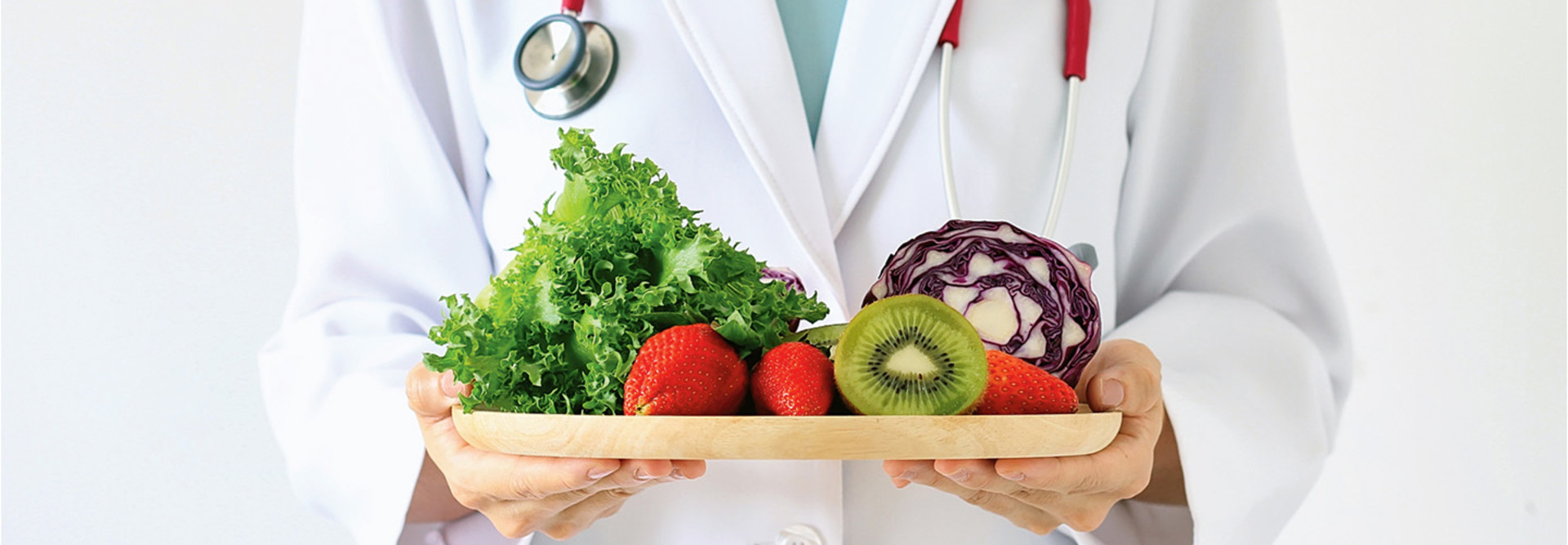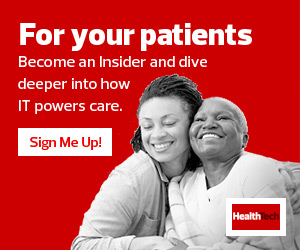In New York City, St. Barnabas Hospital brought a rooftop farm, greenhouse and even beehives to the Bronx in partnership with Project EATS. A farm stand and onsite food pantry serve patients with food insecurity, diabetes and hypertension. A healthy living initiative also provides nutrition and fitness workshops for adults and teens.
For SBH, such programs are part of a whole-person approach that emphasizes social determinants of health, says Dr. Manisha Kulshreshtha, senior vice president and chief clinical and strategy officer. So far, SBH has documented a significant reduction in body mass index for participating adolescents.
“We hope to demonstrate improved health outcomes across a range of clinical, fitness and nutritional indicators,” she says.
Making Food as Medicine Integrated and Accessible With the EHR
Since piloting its Fresh Food Farmacy in 2016, Geisinger has expanded to three brick-and-mortar locations and developed an app that integrates with Epic where participants can schedule appointments to pick up food, get recipes, connect with care team members and monitor their progress.
Geisinger also integrated the social care platform Neighborly into Epic, which puts patients’ social needs screening information directly into their health records and even offers suggestions for local resources for patients.
“By integrating Neighborly and making it launchable within the electronic health record, it now becomes part of the workflow in the clinical enterprise and an important component of the patients’ records,” says Brian Ebersole, senior director of health innovations at Geisinger, who oversees the Fresh Food Farmacy.
Dietitians and registered nurses from the Fresh Food Farmacy can use the EHR to share patients’ diabetes progress with primary care physicians and medication therapy management pharmacists.
“You can find a tech solution for just about anything,” Ebersole says. “The issue is how to make that tech solution easy for the patients to use while remaining valuable to the care team in the work they already do.”
Meanwhile, centralized data helps Geisinger continually refine its food as medicine programs, says Hess: “Leveraging our social needs data and aligning it with our clinical data allows us to more closely monitor the success of patients and programs, while also creating a more robust patient record.”
EXPLORE: What is personalized medicine, and how can healthcare organizations achieve it?
Food as Medicine Creates Better Quality of Life for Patients
Virginia-based Augusta Health, in partnership with Allegheny Mountain Institute, implemented the AMI Farm at Augusta Health in 2018. From there, they launched Food Farmacy, a prescription produce and educational program that has since served more than 80 patients. Augusta Health and AMI also serve patients through an onsite food pantry and Crops to Community, which delivers food boxes containing eggs, produce and meat from AMI and other local farms.
“As a nonprofit community hospital, we are very community-focused and are trying to meet these needs as best as we can,” says Catherine Hill, health educator for community outreach and partnerships at Augusta Health.
Education is a crucial component. Food Farmacy patients meet with Augusta Health physicians and dietitians each week to learn about the connections between nutrition and health. Participants have reported increased energy, and pre- and post-biometric screenings have shown some significant decreases in A1C levels, Hill notes.
“Focusing on nutrition may not necessarily take away that chronic disease, but we have seen instances where it’s helping patients to manage their symptoms a little better and hopefully improve their quality of life,” she says.
DIVE DEEPER: Why is health equity a top priority for healthcare organizations?











